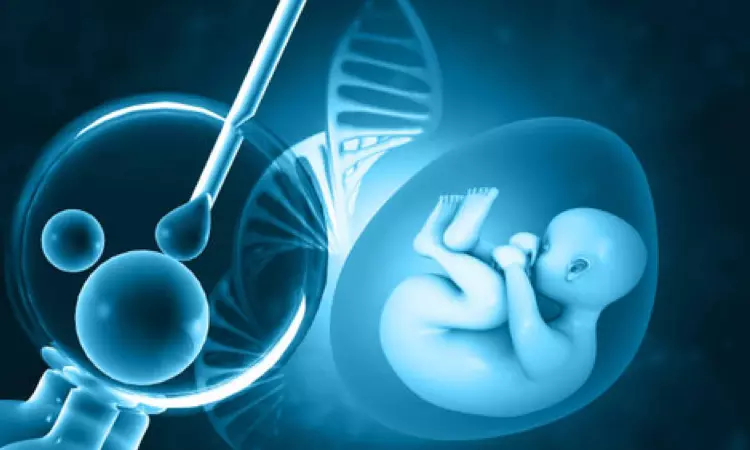Understanding vitro fertilisation
A thin needle, guided by ultrasound imaging, is inserted through the vaginal wall to access the ovaries and retrieve the eggs from the follicles under sedation.

CHENNAI: Vitro fertilisation (IVF) is a groundbreaking medical procedure that has provided hope and opportunities for parenthood to millions of couples worldwide struggling with infertility which involves several intricate steps designed to facilitate conception.
1. Ovarian stimulation: The IVF process typically commences with ovarian stimulation to produce multiple mature eggs, contrary to the natural menstrual cycle, where typically only one egg matures per month. Hormonal medications are administered to encourage the growth and maturation of several follicles within the ovaries.
2. Egg retrieval: Once the follicles containing mature eggs are deemed ready, a minor surgical procedure known as egg retrieval is performed. A thin needle, guided by ultrasound imaging, is inserted through the vaginal wall to access the ovaries and retrieve the eggs from the follicles under sedation.
3. Sperm collection and preparation: Simultaneously, sperm from the male partner (or a sperm donor in needed cases) undergoes collection and preparation. The sperm sample is washed and prepared in the laboratory to isolate healthy, motile sperm for fertilisation.
4. Fertilisation: In the laboratory, the retrieved eggs and prepared sperm are combined in a controlled environment to facilitate fertilisation through conventional IVF or Intracytoplasmic Sperm Injection.
5. Embryo culture: Following fertilisation, embryos are cultured in a specialised incubator within the laboratory, allowing embryos to develop and progress through critical stages of cell division.
6. Embryo transfer: After several days of development, typically 3-5 days post-retrieval, one or two healthy embryos are selected for transfer into the woman’s uterus. The embryo transfer procedure is relatively simple, resembling a pelvic exam, where a catheter containing the embryos is carefully inserted through the cervix into the uterine cavity.
7. Pregnancy testing: Approximately two weeks after embryo transfer, a pregnancy test is conducted to determine if implantation has occurred and pregnancy has been achieved.



